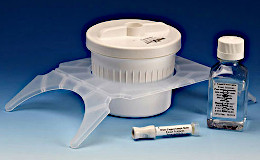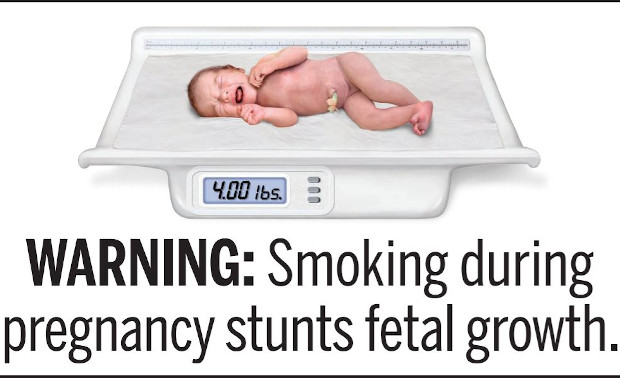Healthy People 2020 targets met for lung, prostate, breast, and colorectal cancer deaths; some cancers on rise due to excess body weight and lack of exercise
The death rate from cancer in the U.S. is still falling among men, women, and children, according to the latest
Annual Report to the Nation on the Status of Cancer. During 2013 to 2017, cancer death rates fell an average of 1.5% per year. However, rates of new cancers diagnosed from 2012 to 2016 remained about the same in men and increased slightly among women.
Reasons for these trends reflect changes among large groups of people in cancer risk factors and screening test use, as well as how doctors diagnose cancer and treatment advances.
The American Cancer Society, the North American Association of Central Cancer Registries, the Centers for Disease Control and Prevention, and the National Cancer Institute work together to create the report, which has been published each year since 1998. It provides an update of new cancer rates, death rates, and trends in the U.S., plus a special section, which this year focused on progress toward Healthy People 2020 goals.
The report was published March 12, 2020 in Cancer, a peer-reviewed journal published by ACS.
Cancer rates and death rates among men and women
- Overall rates for new cancers dropped an average 0.6% per year from 2012 to 2016. They stayed about the same in men and increased by 0.2% per year in women.
- Overall cancer death rates went down by 1.8% per year in men from 2013 to 2017, and by 1.4% per year in women.
- Among men, death rates decreased for 11 of the 19 most common cancers. Some of the steepest decreases were for lung, colorectal, and melanoma skin cancer. Death rates went up for 4 cancers, with the steepest increase for mouth and throat cancer. Rates stayed about the same for 4 cancers, including prostate cancer.
- Among women, death rates dropped for 14 of the 20 most common cancers, including the 3 most common (lung, breast, and colorectal) as well as melanoma skin cancer. But rates rose for 5 cancer types, with the steepest increases for endometrial and liver cancers.
- The rate of new cases and deaths in the U.S. has been declining over time for several cancers related to smoking, including lung, bladder, and laryngeal cancers. But the rate of new cases is increasing for some cancers related to excess weight and lack of exercise. These include kidney, liver and pancreatic cancers, as well as endometrial and breast cancer in postmenopausal women.
Cancer among children, adolescents, and young adults
- For the first time, the Annual Report to the Nation provided rates and trends for the most common cancers among children, adolescents, and young adults. Overall cancer death rates among children 14 and younger dropped an average 1.4% per year from 2013-2017. The rate of new cancers went up an average of 0.8% per year from 2012-2016. The most common cancer types among children included leukemia, lymphoma, and brain and spinal cord tumors.
- The study authors say that better treatments are most likely the reason why death rates among children keep dropping. They are less certain about why rates of new cancers are going up, although part of the reason may be changes in how cancer is diagnosed and tracked.
- Among teens and young adults 15 to 39 years old, cancer death rates decreased by 1% per year from 2005-2017. This continues a slowing trend, as rates decreased by 3% per year during 2001–2005. The rate of new cancers rose an average of 0.9% per year from 2012–2016. The most common cancer types in this age group were female breast, thyroid, and testicular cancer, as well as lymphoma.
- The report showed an increase in colorectal cancer death rates among young adults. This increase came during a time when risk factors – including excess weight and diabetes – have increased.
Special section: Healthy People 2020 goals
The U.S. government launched Healthy People 2020 10 years ago to improve the health of all Americans. Some of its goals include reducing cancer risk factors while increasing use of recommended screening tests. This year’s special section, published in part II of the report, Progress Toward Healthy People 2020 Objectives, checks up on progress in goals related to 4 common cancers: lung, colorectal, female breast, and prostate.
Goals for reducing deaths from cancer were met overall, but not among males, blacks, or people who live in rural areas. However, these groups did have larger decreases in rates than other groups. During 2007–2017, cancer death rates fell 15% overall.
Measuring progress on cancer screening and risk factors:
- Colorectal cancer screening increased from 52.1% in 2008 to 62.4% in 2017. However, screening rates did not reach the goal of 70.5% in any group except people with advanced educational degrees.
- Breast cancer screening increased slightly among Hispanic women from 2008 to 2015, but dropped among other groups, especially Asians, women in rural areas, and those with public or no health insurance. The only group to meet the goal for breast cancer screening (81.1%) was those with advanced educational degrees. Screening was lowest among uninsured women (35.4%).
- The goal for prostate cancer screening – to increase the percentage of men who had discussed prostate cancer screening with their doctor to 15.9% – was met overall (16.7%) and in all race-ethnic groups except Asian men, men in metropolitan areas (cities), and men with at least a college degree.
- No goal was set for lung cancer screening because it wasn’t recommended by the US Preventive Services Task Force until 2013. It’s currently recommended only for people at high risk for lung cancer. The report found screening was very low (less than 7%) overall, although the rate did go up between 2010 and 2015. The authors say both doctors and patients need more education about lung cancer screening.
- Cigarette smoking dropped from 2008 to 2017 overall, but fell short of the goal of lowering the percentage of adults who smoke to 12%. People who live in rural areas, those with public insurance or no insurance, and those with less than a high school education had the highest percentages of smoking and the smallest improvement.
- Overall, exposure to secondhand smoke fell to 39%, exceeding the goal of 33.8% in most groups. Exceptions were blacks (43%) and people with public health insurance (36%).
- From 2008 to 2017, the percentage of adults who met physical activity guidelines increased, and many groups met the goal of 20.1%.
- Goals were not met for reducing excessive alcohol use or lowering the percentage of adults with obesity. Obesity rates increased among all groups between 2005 to 2008 and 2013 to 2016. From 2013 to 2016, 39% of all adults were obese.
The authors conclude that efforts to reduce cancer risk factors and promote healthy behaviors, although proven to work, are not helping every community reach Healthy People 2020 goals. They say more effort is needed to make sure all Americans can access a path to long, healthy, cancer-free lives.
This story by Stacy Simon first appeared on cancer.org.













.jpg)